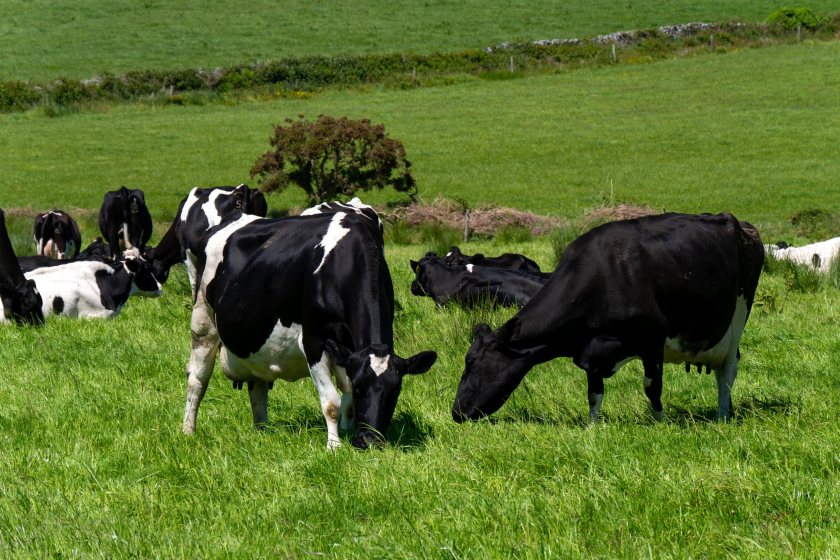
A project aiming to enhance UK grassland productivity is celebrating its fifth year since launch, with the latest results to be shared later this month.
Recognising the need to harness the UK’s potential for substantial grass production, the GrassCheck GB project seeks to address the challenges and opportunities in the grassland management sector.
By using the data, it is hoped that farmers can unlock the full potential of their grasslands, drive increased yields and quality and improve livestock performance.
Improving grassland management efficiency is an important factor in driving profitability for beef, sheep, and dairy farms across the UK.
Current estimates show production levels of 7.5t DM/ha/yr and 4.7t DM/ha/yr on dairy and beef farms, respectively.
Each additional tonne of dry matter (DM) utilised per hectare translates to significant financial gains, amounting to £334 and £204 per annum for dairy and beef farms, respectively.
GrassCheck GB is a collaborative effort between the UK's agricultural levy bodies, including AHDB, Hybu Cig Cymru (HCC), and Quality Meat Scotland (QMS).
It also includes input from UK Agri-Tech Centre, the Agri-Food and Biosciences Institute (AFBI) and Rothamsted Research.
To mark the fifth anniversary of the project, an on-farm event will be held in North Wales on 25 June where the latest project results and updates will be shared.
Hosted by Alwyn Phillips, a participating farmer in the GrassCheck GB project, the event will include a farm walk and offer advice on how to capitalise on flock performance from grass.
Katie Evans, senior engagement manager at AHDB, said: "Grassland agriculture stands as the cornerstone of the UK ruminant livestock sectors, providing a vital competitive edge in the global livestock production sectors."
To equip farmers with the knowledge and tools to optimise grassland management, the project has established a network of 50 grass pilot farms situated across Britain.
These farms act as hubs for gathering crucial data on grass growth, grass quality, and weather conditions, offering farmers insights to make decisions that support both grass growth and utilisation.
This data is also an essential part of developing a model that aims to predict grass growth and performance to use as a tool for planning across the season.
Ms Evans said: “A crucial aspect of the project is the creation of a sophisticated grass growth model, supplying regional 7-14 day grass growth forecasts in weekly bulletin updates.
"This forward-looking tool empowers farmers to make informed decisions on grassland management for the upcoming grazing week, strengthening overall operational efficiency.”
Results from last year showed that average grass utilisation across GrassCheck GB farms was 78.5%, up from 77% the previous year, with 12 farms achieving above 90%.
According to the levy boards, these high figures were achieved by attention to detail and consistently keeping post-grazing residuals near the recommended target of 1,500 kg DM/ha.
However, a number of farms set higher post-grazing residual targets to ensure animal productivity, at the cost of grass productivity.
As such, grass utilisation, while universally seen as an important metric for grassland management, must be used against the backdrop of specific farm objectives and strategies.
To register for the 25 June event, held at Pen y Gelli, in Caernarfon, Gwynedd, individuals must contact HCC on 01970 625050 or info@hybucig.cymru.
